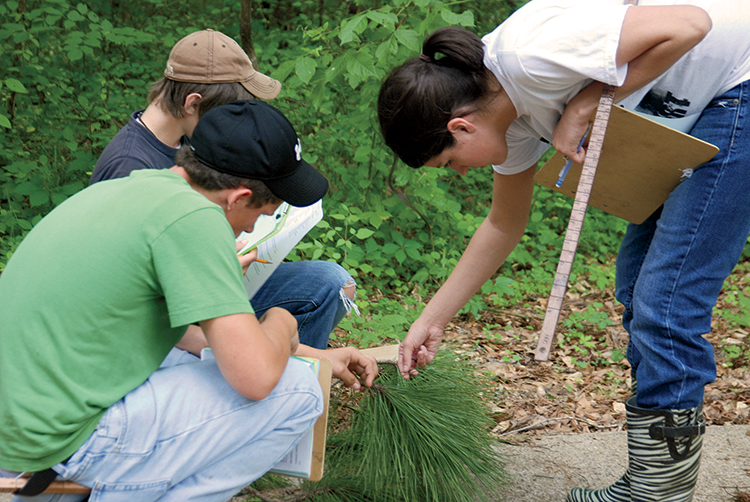Home > Arkansas > Arkansas Environment > Focus on Arkansas’ Natural Resources
Focus on Arkansas’ Natural Resources
Arkansas produces a wide variety of crops, and their agriculture industry is a significant contributor to the state economy. But with the focus on the big picture, smaller factors that are still important to help grow those crops, such as water and soil, can get pushed to the background.
That’s where Arkansas’s conservation districts come in. Initially founded in 1937, conservation districts are local governments at work, specifically managing soil and water resources in the state. The idea behind the groups is to keep decision making on these issues at a local level.
Currently, Arkansas has 75 conservation districts, all of which are separately managed by a board of five directors. Two directors are appointed by the Arkansas Natural Resources Commission and three are elected by resident landowners. Their purpose is to address water and soil concerns, helping farmers and local landowners in the process.
“Conservation is locally led and addresses concerns on a local level, and that’s why we are effective,” says Charles Glover, president of the Arkansas Association of Conservation Districts. “So many entities in government operate on a ‘top down’ theory, but conservation districts work from the local level and go up.”
Currently, Glover is part of a team within the state conservation districts that is working on rewriting the State Water Plan. “There are two components – the demand side and the availability side,” he says. “The first step was to determine water demand throughout the state. We held several meetings to forecast the agricultural demand for water as far as 2050. That phase is almost complete, and now we’re working on water availability.”
While the State Water Plan is a significant undertaking, conservation districts are available for help in lesser but equally important ways as well. For example, conservation districts aid in matters including beaver population control, watershed plans, water well registration, conservation education programs and more. The groups are committed to working with local landowners to address their natural resource concerns, and even hold locally led group meetings with landowners and state agencies to address them.
“We’re working hard to get our name out in the community,” says Glover. “Even though we’ve been around for a long time, we tend to do our work without a lot of publicity, and some people, especially in urban areas, lack an understanding of what we do.”




